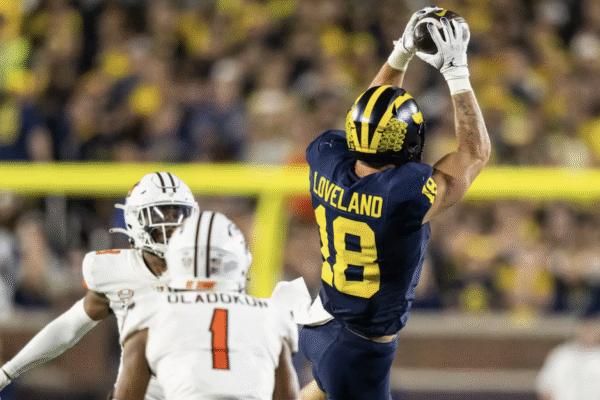After a season unlike anything they have experienced in years, the Chicago White Sox’s season ended in a 6-4 loss in the third game of their three-game Wild Card matchup against the Oakland A’s.
This game turned into a battle of the bullpens, and it’s hard to be better than the assembly of arms the A’s have. On the season, their bullpen had the best ERA in baseball and led baseball in batting average allowed. Their closer, Liam Hendricks, had the second-most saves and, including him, four of their relievers had sub-two ERAs.

So when Rick Renteria pulled his starter, Dane Dunning, with two outs in the first inning, it was on their bullpen to go toe-to-toe with that of the A’s. In total, the White Sox used nine pitchers, while the A’s used eight. Based on regular season performances, turning to their bullpen in an elimination game with a rookie pitcher on the mound, with few other options in your rotation, doesn’t appear as a bad strategy. Their bullpen was a strength this year, with the seventh-best ERA in baseball and the 10th-lowest number of losses. But against a group of relievers like the A’s, slipups can prove even more costly.
Ultimately, for as good of a bullpen as the White Sox have, it, like the rest of the team, is a group of young players. Garrett Crochet, Matt Foster and Cody Heuer are all rookies, and it was only Crochet who didn’t struggle. Heuer allowed two earned runs in 1.1 innings, a two-run home run, and Foster allowed two runs after walking two batters with the bases loaded. Heuer and Foster were big performers in the White Sox’s bullpen this year, but the fourth inning saw their inexperience unravel. It’s probably safe to assume that Sox planned on getting more work from Crochet, but an injury limited him to getting only two outs. Nonetheless, the performances of Heuer, Foster and Evan Marshall, who also had been dominant this year, undid them in Game 3.
But the White Sox also had opportunities to score in this tight ball game, but couldn’t take advantage. They were 3-for-14 with runners in scoring position. Luis Robert’s 487-foot missile was the only home run the White Sox hit on the day, and Tim Anderson was never brough home on any of his three hits. Robert and Nomar Mazara each had two RBIs, but Yóan Moncada’s struggles continued with a one-for-five outing and they needed more than José Abreu’s one-for-five day.
Ultimately, though, this is what happens in baseball. The White Sox don’t have their playoff sea legs quite yet, and why should they? Not only are they already a young team, but they’re a young team with only 60 games played this year. It’s cliché to say the future is bright, but it’s cliché because everyone’s saying it. With Giolito and Keuchel, they have two foundational pieces in their rotation. A step forward from Cease gets them just another. Moncada’s simply a better player than he was this year and may get some positive regression closer to what he did last year. Abreu and Anderson form the faces of the team, but there’s also room for Eloy Jiménez and Luis Robert, the latter of whom could be the face of baseball one day. The White Sox were ahead of schedule this year. Even if they lost in the Wild Card, which was a reasonable hope/expectation, they played like much more than a Wild Card team for long stretches this season. Next year, there will (hopefully) be 162 opportunities to watch this exciting team grow. They may be a hipster World Series pick. This year’s free-agent class of pitchers has some enticing names, particularly Trevor Bauer, and with some offseason maneuvering, they could once again be one of baseball’s best teams next year.










